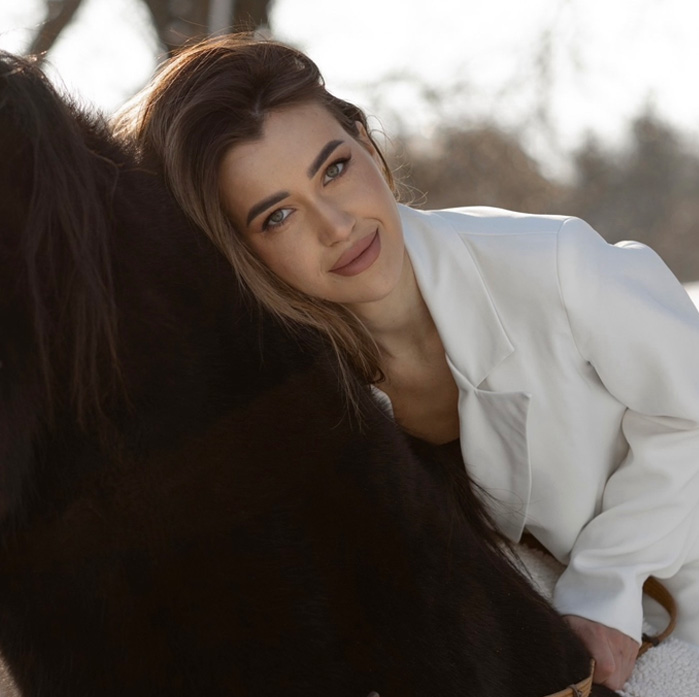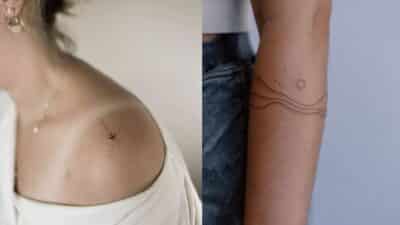Photographing women in flattering and confident poses can transform ordinary pictures into striking images. The key to great female photography poses lies in simple, natural positions that highlight personality and body shape. Knowing how to direct these poses helps create photos that look both elegant and relaxed.


Posing well requires understanding which angles work best for different body types and how to use facial expressions to add emotion to the shot. Small adjustments in posture and hand placement make a big difference in the final photo.
Using props and settings thoughtfully can also add interest without overwhelming the subject. When the right lighting and composition are combined with good posing, the result is strong, memorable photos.
Key Takeaways
- Simple, natural poses highlight personality and body shape effectively.
- Adjustments in posture and expressions enhance the overall photo.
- Props, lighting, and settings support flattering and engaging images.
Fundamental Principles of Female Photography Poses

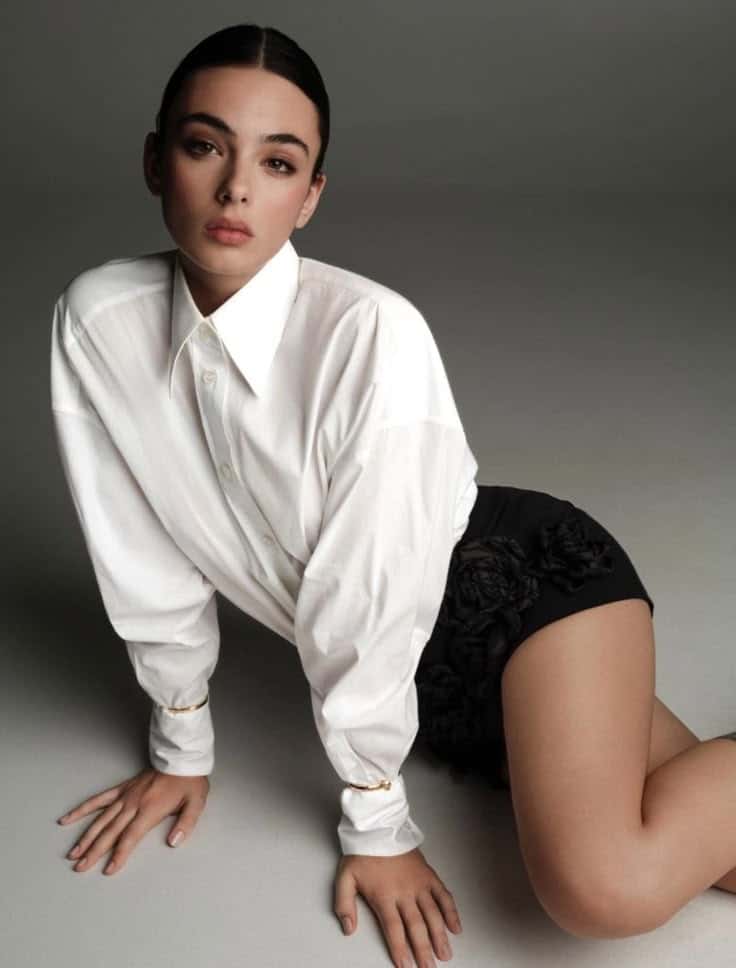
Successful female photography poses rely on clear use of body language, highlighting natural body shapes, and creating a comfortable experience. These elements work together to create images that feel authentic and confident.
Understanding Body Language
Body language is the way the body communicates mood and attitude without words. In photography, this includes posture, hand placement, and facial expressions.
A slight tilt of the head can make a subject appear more approachable. Open shoulders and relaxed arms convey confidence. Avoid stiff or tense poses because they can look unnatural.
Facial expressions should match the mood of the photo. A soft smile or direct eye contact often creates a strong connection with the viewer. Hands can be used to frame the face or soften the pose without blocking important areas.
Emphasizing Natural Curves


Natural curves are key to flattering female poses. Poses should enhance the shape of the waist, hips, and shoulders instead of hiding or forcing them.
Angles help emphasize curves. Turning the body slightly away from the camera, rather than facing it straight on, creates a slimmer silhouette. Placing weight on one leg can accentuate hips and add movement.
Avoid poses that flatten the body or make it look boxy. Using the arms to create space between the body and limbs helps keep the shape clear and dynamic.
Mapping Comfort and Confidence
Comfort affects how confident a subject looks. The photographer should guide poses that feel natural to the individual.
Encourage small adjustments like breathing deeply, shifting weight, or loosening the hands. These actions reduce tension and improve body language.
A subject who feels comfortable will have relaxed facial expressions and smooth poses. Confidence grows with positive feedback and clear direction from the photographer. This interaction is critical for authentic results.
Classic Poses for Women


Classic poses focus on clean lines, natural body shapes, and confident posture. These poses show a woman’s best features by using simple positioning with varied angles of the body. Lighting and slight shifts in weight can change the whole feel of the pose.
Standing Poses
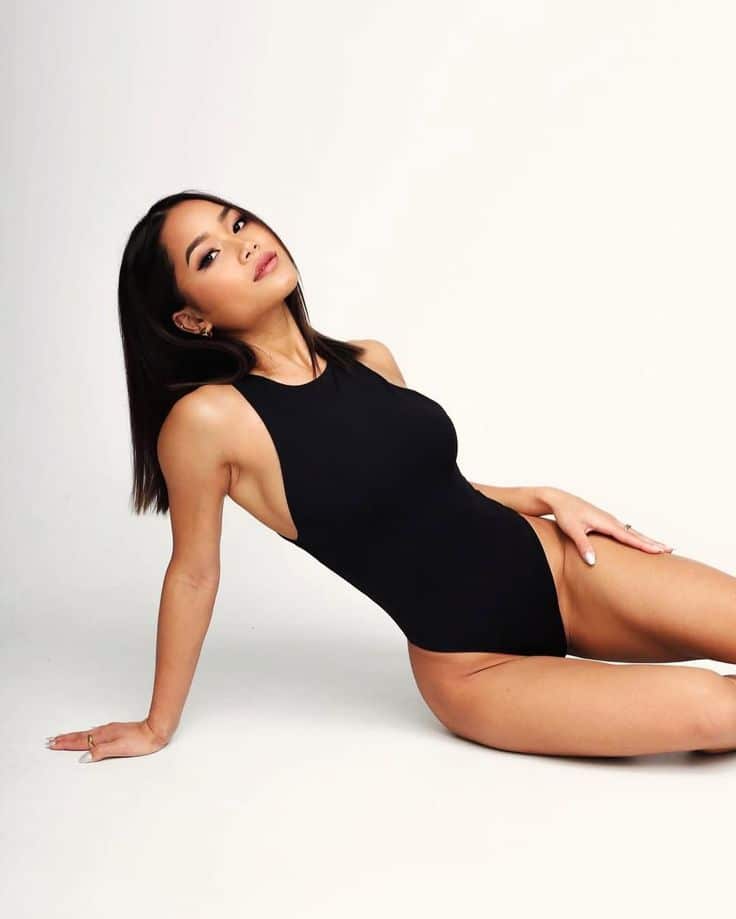

Standing poses are a staple in photography and give the subject a strong presence. A common approach has the woman shift her weight onto one leg, creating a natural curve in the hips. This helps avoid stiffness and adds a slight “S” shape to the body.
Arms can be relaxed at the sides or bent slightly, such as placing one hand on the hip or gently touching the neck. Turning the body partially away from the camera can elongate the figure. The head angle is important: tilting it slightly or looking off-camera adds interest.
Seated Poses


Seated poses offer a relaxed and intimate look. The woman can sit straight with feet on the ground, which shows confidence and structure. Alternatively, crossing one leg over the other or leaning forward with elbows on knees creates a casual vibe.
Hands should avoid flat placement to keep poses soft—resting fingers on the chin or loosely folding them works well. Sitting on the edge of a chair or surface encourages upright posture. Angling the body slightly to one side connects with classic standing postures.
Leaning Poses


Leaning poses blend casual with elegance. The woman can lean on a wall, railing, or any sturdy surface. The position shifts weight onto one side while keeping the upper body relaxed. This can make the pose feel approachable and natural.
One shoulder may drop slightly while the other lifts, adding asymmetry. Arms can cross gently or rest on the surface used for leaning. Looking toward or away from the camera changes the mood from confident to thoughtful. The feet placement can be staggered or crossed for balance.
Creative and Trendy Photography Poses
These poses bring energy and style to photos, making them stand out. They use motion, unusual viewpoints, and high-fashion looks to create striking images. Each method helps a woman present different sides of her personality with confidence and flair.
Movement and Action Shots


Movement shots capture motion to make photos lively and dynamic. A woman can walk, spin, or jump softly to add natural, flowing lines. These actions create a feeling of life and spontaneity.
Using a slow shutter speed can blur some movement, adding artistic effects. It is important to keep the face sharp to maintain focus on the subject.
Hands and arms should complement the motion. For example, swinging arms while walking or reaching out during a spin offers grace. The key is to avoid stiff poses and allow natural rhythm.
Dramatic Angles


Dramatic angles change the usual viewpoint to add power and interest. Shooting from low angles can make a woman look taller and more confident.
High angles highlight facial features and create softness or vulnerability. Side angles or tilted cameras add mystery and movement.
Using shadows and light with angles intensifies the mood. A sharp light from the side enhances texture in hair and clothing.
Fashion Editorial Styles
Fashion editorial poses mix elegance with attitude. Strong, straight posture shows confidence while slightly tilted hips or shoulders add shape.
Hands often tell a story: resting on hips, gently touching the face, or delicately holding fabric. These subtle gestures highlight details.
Expressions range from soft and dreamy to fierce and bold. The goal is to communicate style clearly, focusing on clothing and accessories without distraction.
Posing Techniques for Different Body Types


Different body types need specific posing techniques to highlight their best features. Adjusting angles, posture, and hand placement can make a big difference in how a person looks in photos. These tips help create flattering, natural images for each shape.
Poses for Petite Women
Petite women benefit from poses that create the illusion of height. Standing with one foot slightly in front of the other stretches the body vertically. Angling the body to the side while keeping the shoulders back adds length.
Arms positioned away from the body prevent the figure from looking too compact. Using props like chairs or leaning slightly forward can add dynamism and depth without overwhelming the frame.
Keeping the neck long and chin slightly lifted highlights posture. Avoid poses where the legs are flat on the ground or close together, as they can make the person look shorter.
Poses for Tall Women


Tall women should use poses that balance their height and avoid looking stiff. Shifting weight to one leg creates a relaxed, natural stance. Crossing one ankle over the other softens the silhouette.
Arms can rest gently on the hips or flow naturally at the sides to avoid emphasizing length too sharply. Sitting poses with crossed legs or leaning forward slightly add variety and help break tall lines.
Tilting the head or using slight bends in knees and elbows adds curves to long limbs. Avoid standing straight with arms flat, as this can look rigid or lifeless.
Curvy Figure Posing
Curvy figures are best showcased by emphasizing natural waistlines and smooth curves. Placing one hand on the hip creates a flattering hourglass look. Angling the torso slightly sideways slims the waist without hiding curves.
Legs crossed at the ankle or knee add grace and structure. Sitting poses where the back is straight with shoulders relaxed help keep the body balanced in photos.
Avoid wide or stiff arm positions that hide the waist. Soft, curved lines in poses highlight the figure while keeping the mood comfortable and confident.
Quick Tips for All:
- Use diagonal lines to elongate the body.
- Hands and arms away from the torso.
- Slight head tilts add softness.
Facial Expressions and Portraiture Tips


Facial expressions shape the mood and feel of any portrait. Understanding how to control the face helps create varied emotions and styles. Attention to small details like eye direction, mouth shape, and muscle relaxation makes a big difference.
Soft and Relaxed Looks
Soft expressions work well for gentle, calm portraits. The key is to relax the jaw and forehead. A slight, natural smile helps avoid stiffness.
Eyes should be relaxed but focused, as if looking softly at a distant point. This adds a dreamy or peaceful vibe. Lightly closing the eyelids or looking downward can enhance this softness.
To help subjects achieve this, suggest slow, deep breaths and few blinks. Encourage small movements like slight eyebrow lifts or gentle head tilts. These subtle changes keep the face looking alive without tension.
Confident and Bold Expressions


Confident looks require strong eye contact and firm mouth positions. The subject’s gaze should be direct, engaging the camera or viewer clearly.
A straight, raised chin posture adds power. Lips can be pressed together or parted slightly for a strong effect. Avoid a wide smile here, as it might reduce the boldness.
Body language supports the face, so squared shoulders and a steady neck angle work well. Lighting can be sharper to highlight strong facial features. Confidence comes from a controlled, intentional expression.
Natural Laughing Poses
Natural laughter gives portraits energy and warmth. The challenge is to capture real smiles, not forced ones.
Photographers can create a relaxed atmosphere with jokes or light conversation. The subject should be encouraged to think of something funny or happy.
Open mouths, visible teeth, and smiling eyes all signal genuine laughter. The head might tilt back slightly as tension leaves the face. Quick photo bursts help catch the best spontaneous moments.
Laughter creates a connection that feels relatable and honest in pictures.
Use of Props and Settings


Props and settings add visual interest and help tell a story in photography. Choosing the right items and locations can highlight personality and mood, making poses more engaging and natural.
Incorporating Everyday Objects
Using everyday objects like books, sunglasses, or coffee cups can make poses feel relaxed and relatable. These items give the subject something to interact with, reducing awkwardness during shoots. Holding or lightly touching a prop can create natural hand positions and add a casual vibe.
Simple props should match the style and mood of the photo. For example, a vintage camera fits a classic look, while headphones suit a modern, urban feel. The size and color of props also matter; they should not overpower the subject or clash with the outfit.
Posing in Urban Environments


Urban settings offer walls, stairs, benches, and street art as natural props. These elements provide support for poses and interesting backgrounds. Standing against a textured brick wall or sitting on metal stairs adds edge and depth to the image.
Subjects can use urban elements by leaning, sitting, or interacting with them. Lighting is important too—shadows and reflections can create mood and highlight features. Keeping movements subtle helps maintain an authentic and confident look.
Nature and Outdoor Scenes
Outdoor locations like parks, beaches, and forests give a soft, natural backdrop. Trees, flowers, and water bodies add color and texture that complement the subject. Sitting on a rock or walking through tall grass creates a relaxed and organic pose.
Wind and natural light influence outdoor shots. Hair and clothing can flow freely with the breeze, adding movement. Poses often feel freer and less staged in nature since the environment invites exploration and expression.
Styling Considerations for Female Poses


Choosing the right clothing and accessories can greatly affect how a female subject appears in photos. How she uses her hair and hands also plays a big role in creating natural and attractive poses.
Wardrobe Choices and Accessories
Outfits should match the mood and setting of the shoot. Solid colors work well because they keep the focus on the face and pose. Patterns can be distracting unless used carefully.
Accessories like earrings, bracelets, or hats can add interest. They should not overpower the image or clash with the clothes. Simple jewelry often works best.
Comfort is key. Clothes that fit well and allow movement help create relaxed and natural poses. Avoid stiff fabrics that restrict posture or cause awkward shapes.
Layers, such as jackets or scarves, add depth to photos and offer different posing options without full outfit changes.
Using Hair and Hands Effectively


Hair can frame the face and highlight features. It can be worn down for softness or tied back for a clean look. Small adjustments, like tucking hair behind an ear, can add detail.
Hands should look natural and relaxed. Avoid clenched fists or stiff fingers. Lightly touching the face, hair, or neck can create gentle, elegant lines.
Posing the hands on hips or casually in pockets changes the energy of the photo. Experimenting with hand positions helps find what feels most genuine.
Hair and hands combined carefully guide the viewer’s eye and support the overall pose.
Lighting and Composition for Flattering Poses


Good lighting and strong composition help highlight a woman’s best features in photos. Using light to reduce shadows and arranging elements in the frame directs the viewer’s eye to where it matters most. Perspective can add interest and emphasize shapes.
Finding the Best Light
Natural light is usually the most flattering for women’s portraits. Soft, diffused light from early morning or late afternoon reduces harsh shadows and evens skin tone.
Direct midday sun creates strong shadows that can be unflattering. If shooting in bright light, using a reflector or shade helps soften harsh light.
Indoor lighting should be bright but indirect. Positioning the subject near a window can give a natural glow. Avoid overhead lights that cause shadows under the eyes.
Guiding Lines and Framing


Lines in the background or foreground guide attention to the subject. Roads, fences, or rails work well as leading lines pointing toward the woman.
Framing the subject naturally, using doors, windows, or tree branches, keeps focus on her. This technique also adds depth to the photo.
Placing the subject off-center using the rule of thirds creates a balanced image. It looks more dynamic than a centered pose.
Perspective and Depth
Shooting from slightly above eye level helps reduce double chins and emphasizes the eyes. It also slims the face and body.
Using foreground objects blurred out creates depth and separates the subject from the background. This makes the subject stand out.
Changing distance affects body proportions. Closer shots focus on the face, while wider shots show body movement and posture.
Advanced Posing for Professional Shoots
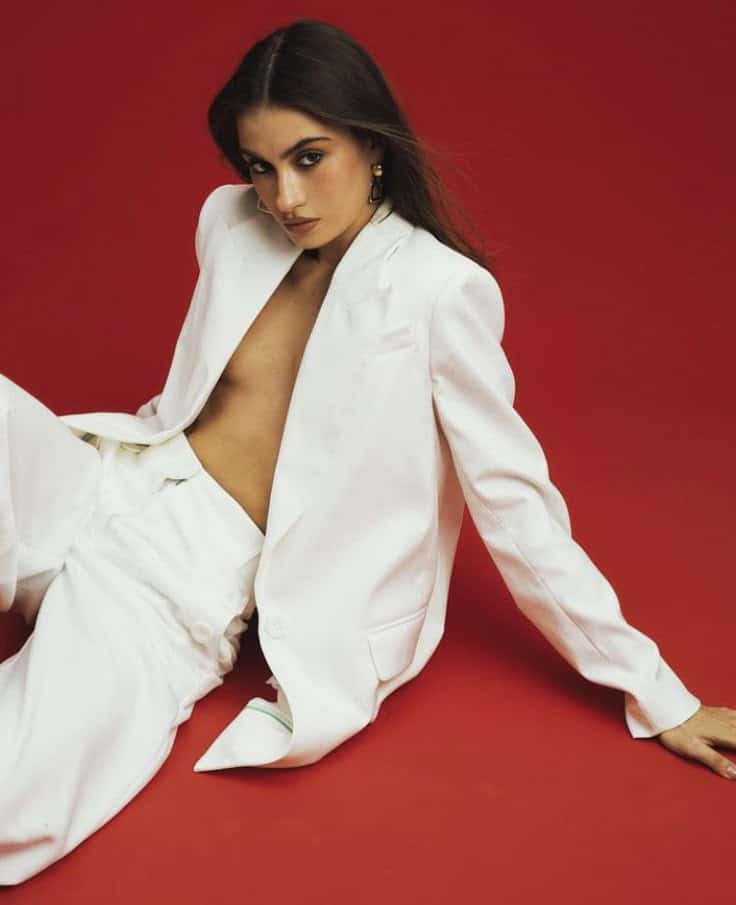

Advanced posing requires control of body angles, facial expressions, and mood to create strong images. Precision in hand placement, posture, and eye direction guides the viewer’s focus. Poses should match the style and purpose of the shoot, whether it’s edgy, elegant, or story-driven.
Editorial and High Fashion Posing
Editorial poses often aim for bold looks that highlight clothes and attitude. Models use sharp lines with their bodies, like angled arms or tilted heads, to create dynamic shapes. Strong eye contact or distant gazes can add drama.
Key techniques:
- Elongate the neck by pushing the chin slightly forward and down.
- Use asymmetric poses, such as one shoulder higher than the other, to avoid stiffness.
- Hands play a big role: fingers can be relaxed or sharply posed near the face or hair.
- Feet and legs should create interesting lines, like a bent knee or a pointed toe.
The goal is to look natural but striking. Subtle tension in the body improves the photo’s energy.
Narrative Storytelling Poses
Storytelling poses focus on emotions and actions that suggest a situation or feeling. The model’s body language and facial cues help tell a story without words. Soft gestures and natural movement are essential.
Tips for storytelling:
- Use gestures that look intentional but not forced, such as touching the face or looking away softly.
- Express emotions like curiosity, sadness, or joy through the eyes and slight changes in posture.
- Incorporate props or surroundings to support the story, like leaning on a chair or holding an object meaningfully.
- Movement helps: walking, turning, or slight shifts can add life to the image.
These poses allow viewers to connect with the photo’s mood and meaning.
Common Mistakes to Avoid in Female Posing
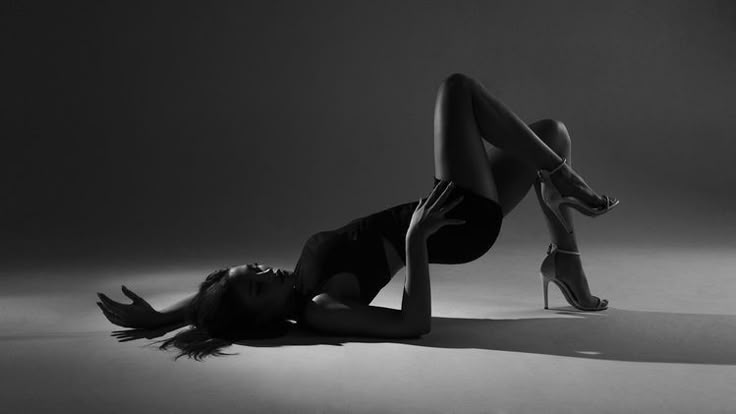
One common mistake is stiff or unnatural body language. When a woman poses too rigidly, the photo can look forced. Encouraging relaxed and natural movements helps avoid this.
Overusing the same pose can make a photo session repetitive. Variety, like changing the angle or hand position, adds interest and energy.
Poor posture is another issue. Slouching or uneven weight can create unflattering lines. A straight back and shoulders pulled slightly back improve the overall look.
Avoid looking directly into the camera all the time. Different eye directions create mood and depth.
Hands often get forgotten or awkwardly placed. They should look natural, not tense or hidden.
Lastly, lighting and positioning matter. Poses that block light or create heavy shadows should be avoided. Proper face and body angles make the subject look their best.
| Mistake | Why to Avoid It | What to Do Instead |
|---|---|---|
| Stiff posture | Makes the photo look forced | Stay relaxed, breathe naturally |
| Repeated poses | Boring and unoriginal | Change angles and gestures |
| Bad posture | Unflattering angles | Keep back straight, shoulders back |
| Constant eye contact | Can appear intense or robotic | Look around, use soft glances |
| Awkward hand placement | Draws negative attention | Position hands softly and naturally |
Tips for Directing and Coaching Women During Photoshoots
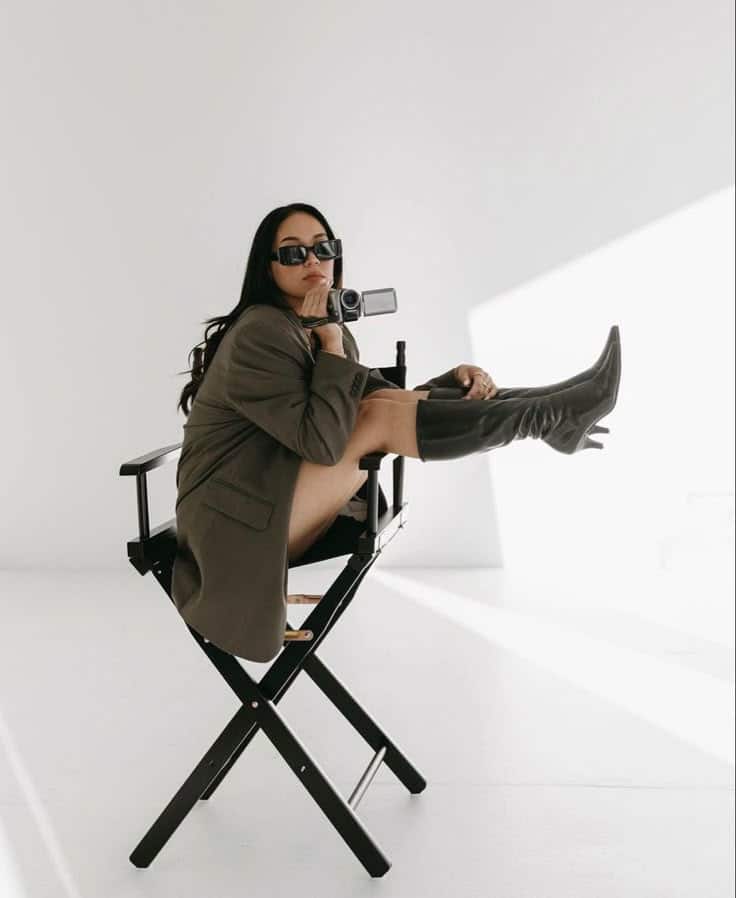

Photographers should always start by building trust with their subject. A relaxed model will show more natural poses and expressions.
Clear, simple instructions help guide a woman without confusion. Use short sentences and demonstrate poses when possible.
Encourage women to move slightly between shots. Small changes in position or facial expression can create diverse photos.
Positive feedback boosts confidence. Point out what looks good and gently suggest adjustments to improve the shot.
Be aware of body language. Offer tips on posture, such as straightening the back or tilting the head, to create flattering angles.
Use questions to engage the model. Ask about her comfort or preferences to tailor poses that feel natural.
Focus on eyes and hands, common trouble spots. Guide her to soften her gaze or position hands in ways that avoid stiffness.
Lighting and environment affect poses. Adjust direction or pose based on these factors to maintain a balanced, appealing photo.
| Tip | Why It Helps |
|---|---|
| Build Trust | Makes the model comfortable |
| Use Simple Instructions | Keeps communication clear |
| Encourage Movement | Adds variety to photos |
| Give Positive Feedback | Boosts confidence |
| Watch Posture | Creates flattering lines |
Patience is key. Some women may need more time to feel at ease and find their best poses.
- 3.5Kshares
- Facebook0
- Pinterest3.5K
- Twitter0
